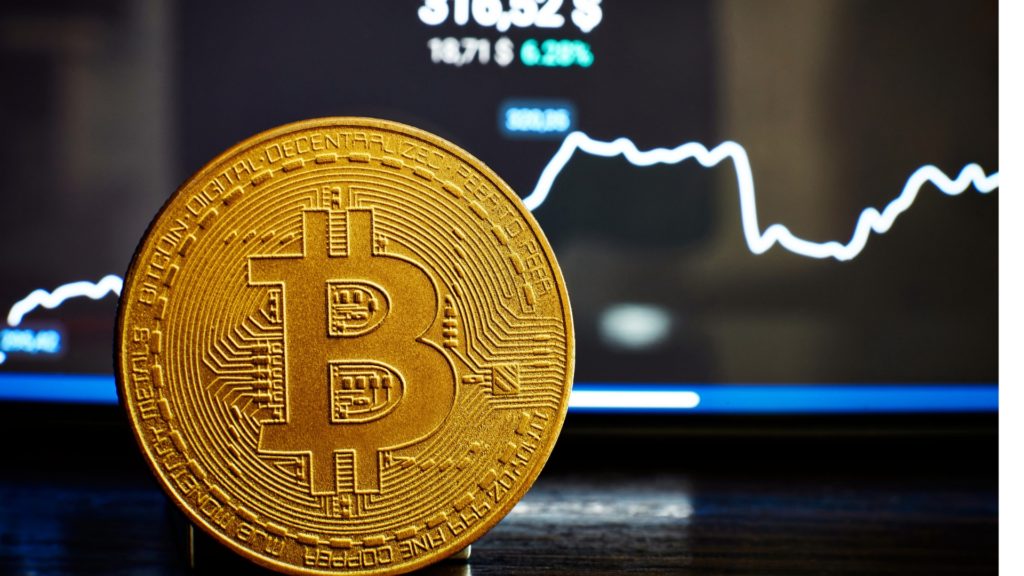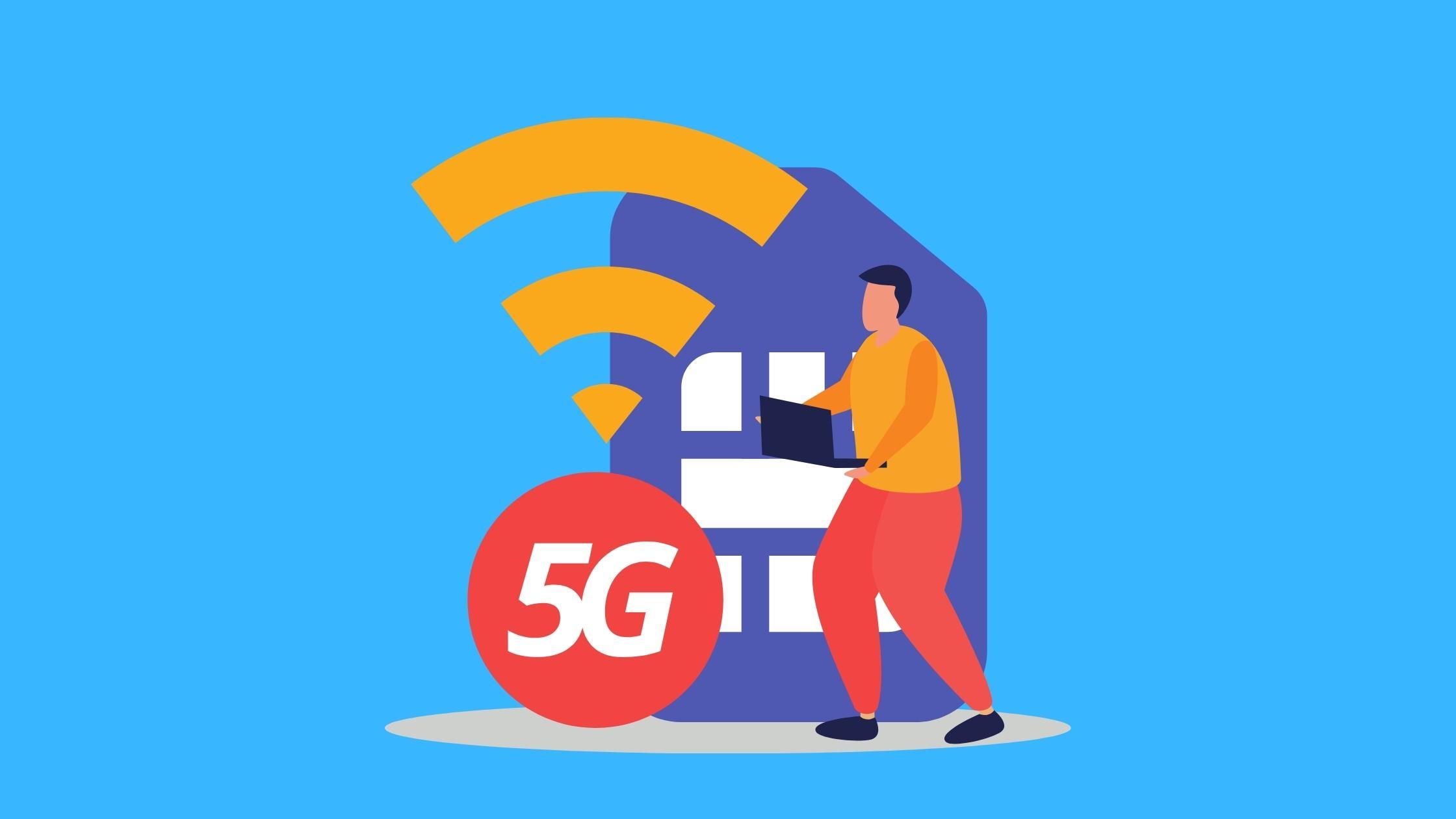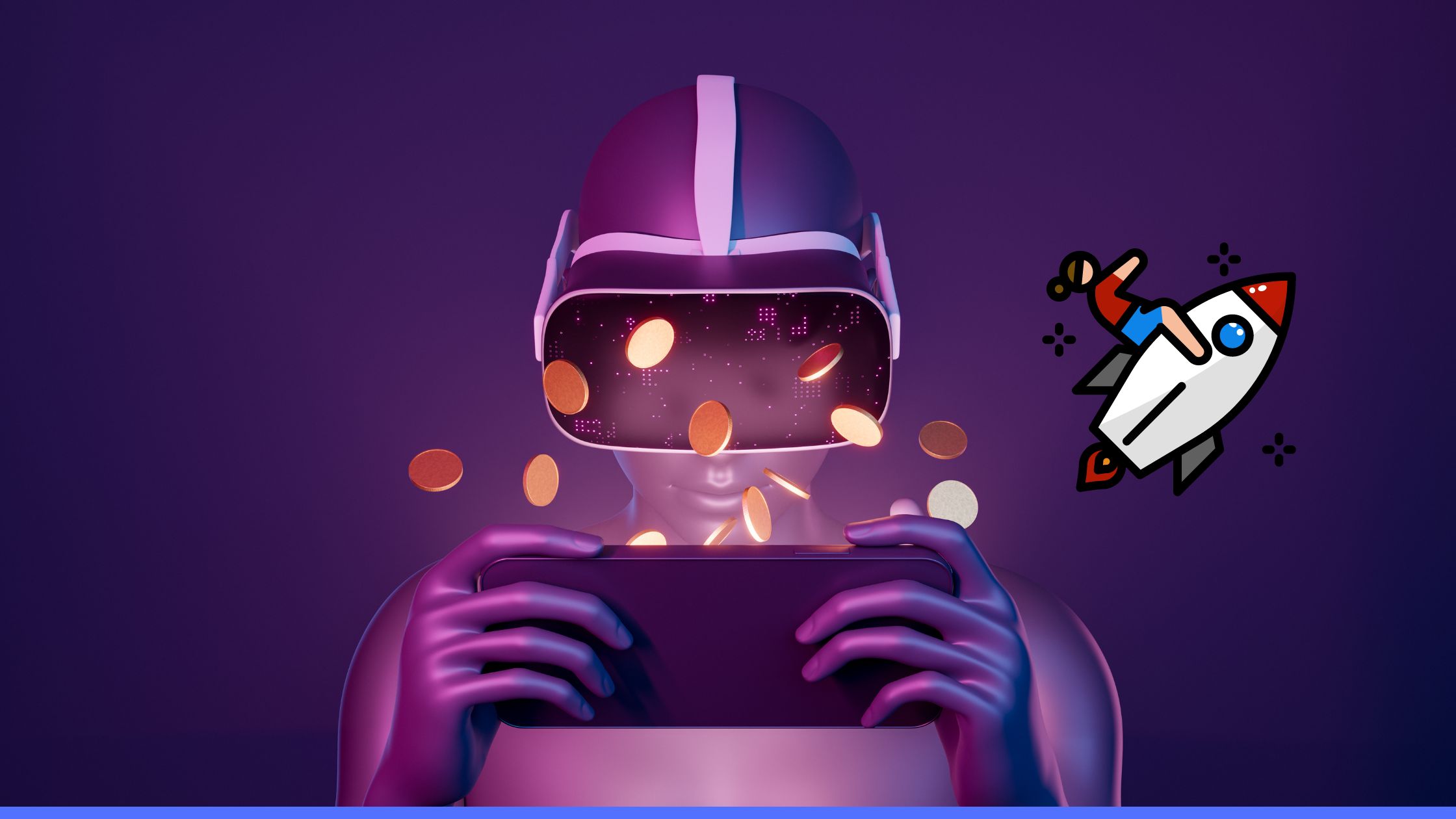This is a guide for beginners about what is bitcoin and how does bitcoin work. We will break down bitcoin into simple concepts together, by the end of this article, you will understand why bitcoin was created and the technology behind bitcoin. I have broken this guide down into 7 easy chapters.
Chapter 1: What is bitcoin?
Bitcoin has been a hot topic this year, and will likely remain a hot topic into the future due to reasons that will become clear throughout this article. What is bitcoin, What is interesting is when you Google search What is Bitcoin? you get answers like: Bitcoin is a cryptocurrency what is a cryptocurrency Or another answer you get is: Bitcoin is a digital currency.
I can transfer and access my US dollars online, isn’t that a digital currency? My favourite answer: Bitcoin is the first decentralised, open source, peer-to-peer network that relies on blockchain technology to operate without a central authority or middlemen. Wow, that tells most people absolutely nothing. When we explain Bitcoin using analogies, it is actually much simpler than most people think.
Let’s think about how easy it is to shake someone’s hand, give them a high five, or interact with them physically. Shaking hands is easy as long as you are within arms length of the other person. Imagine having a bottle of water in front of you, how easy it is to reach out and take a drink.
Pretty straightforward, right?

Imagine that in order to shake someone’s hand, you first had to shake another person’s hand, who then shook the person’s hand on your behalf. Imagine that another person had to pick up a bottle of water in front of you, put the water in his mouth, and then put it into your mouth before you could drink it.
That’s just crazy, right?
That’s essentially how banks, credit cards, and the traditional financial system work. By using your bank card to pay for groceries at the store, your bank is taking money from your account, giving it to the store on your behalf, and then charging you. Checks, credit cards, debit cards, ACH transfers, and any other type of exchange of money work the same. In our society and the way we think about money, it seems completely normal and okay for the most part.
Reality is, the only person who stands to gain from this arrangement is not even a person: it’s the banks. Money you deposit into banks is stored, transferred, controlled, and then lent under the guise that 1) it’s safer there, which isn’t the case, and 2) you aren’t smart enough to manage your wealth on your own without their help. We have a modern financial system where someone makes a profit from shaking a person’s hand for you that you could just as easily shake directly yourself. how about Bitcoin?
A bitcoin transaction is just like shaking someone’s hand or drinking water directly from a bottle, except that you are exchanging value instead. And the coolest part is you do not even have to be at arm’s length to do it! It is possible to send and receive value directly from anyone around the world, at any time, with bitcoin. One of the things people have trouble understanding about bitcoin, is that it’s just another thing we’ve been conditioned to accept as standard business practice: which is the separation between the value and ownership of things. The storage or transfer of that value.
Therefore, we own and hold fiat like US dollars as something representing value, but we use completely different mechanisms to actually use, store, and move them. You might have US dollars representing value and a Bank of America account to store it, an American Express credit card to spend it, and even a PayPal account to manage and buy value. We are familiar with this concept because it was all that was available until the past decade. So instead of having fiat represent value and paying companies like Venmo and JPMorgan Chase to move it around, Bitcoin represents both value and a way to transfer, store, and manage that value. Because bitcoin is both a digital value and a network for storing and transferring it. Bitcoin’s value and use are simply one unified system. (What is Bitcoin)
Chapter 2: Who Created Bitcoin & Why?
At the time of this article, the Bitcoin creator is our very own modern day Shakespeare mystery, since all we know about them is their pseudonym, Satoshi Nakamoto. The real identity of the person or group has remained anonymous. The bitcoin network was created by Satoshi Nakamoto using blockchain technology. Blockchain is a method of storing records that relies on maths and computer science, rather than accountants and bookkeepers.
However, most people do not know that the concept of blockchain was actually outlined back in 1991, and Satoshi was the first to apply it in 1993. 2009 with bitcoin. We will talk about how the bitcoin blockchain works in more detail in chapter 3 of this guide.
Why did Satoshi create bitcoin?
Now you know what is bitcoin. next section will discuss the problems with financial institutions and our current monetary system that led Satoshi to create bitcoin. With Bitcoin, people can store and send value around the globe at virtually no cost, without using a financial business or fiat currency. Bank accounts and credit cards are luxuries most people around the world do not qualify for, do not have access to, or cannot afford in our current financial system. If you do have bank accounts and credit cards, they can be frozen, restricted, and closed without warning. Most banks are only open from 9AM to 5PM on weekdays. (What is Bitcoin)
You only store or use debt repayment instruments in your accounts, even if all of your accounts are clear for the moment. Bank accounts store our hard-earned money that can be used to repay debts like credit cards, mortgages, bills, and loans. Isn’t there an inherent value to money as well? Isn’t it backed by something, such as the GDP of the country that issuing it? So let’s take a look at what all this money in our bank accounts really represents.
Money is a bit of an abstract word. Its true definition is that it is a medium of exchange in the form of coins and banknotes. It also includes assets, properties, and resources that belong to someone or something. Fiat money is the type of money stored in traditional bank accounts. The definition of Fiat is as follows: Fiat is a pronouncement, or an arbitrary decree, or an order given by a person or group of people who have the authority to enforce it.
Fiat money is a legal form of money issued and backed by the government. This means that the government issued an arbitrary decree that fiat money, or the US dollar, was to be used as a medium of exchange in our economy. The US government has essentially instructed us or told us to use fiat US dollars to purchase goods and services in our country. To mitigate these problems, Satoshi created bitcoin: Banks, credit cards, and other financial instruments are not widely available to everyone in the world Value and the means of exchanging value are separate systems designed to generate profit for financial institutions Banks control people’s money.
Their credit cards allow them to reverse transactions, freeze or close your account at any time. All that fiat money in accounts is a debt repayment instrument, not an actual form of value. Let’s now break down how blockchain works. Once you understand bitcoin’s underlying technology, you will see how much superior it is to fiat money and our current financial system at large.
Also Read – What is a stable coin?
Chapter 3: How blockchain work?
As a digital currency and payment network, bitcoin is unique because of its blockchain foundation. Let’s discuss how blockchain makes bitcoin possible by using principles of the universe, such as maths and science, without the need for accountants, bookkeepers, banks, or governments. The simplest way to understand the word blockchain is to separate the words block from chain. Imagine a list of transactions showing payments to and from people being listed one by one as they occur. Once the maximum number of transactions in the list has been reached, the whole list is converted into a block of data.
This block of data is then added behind a previous block of transaction data linked together in a chain. Blockchain simply refers to groups of linked transaction data. together. Simple explanation of the bitcoin blockchain is that it stores records of bitcoin transaction data on a worldwide network of computers. (What is Bitcoin)
Blockchain technology has 3 pillars that make it unique:
- Decentralization
- Transparency
- Immutability
Pillar 1 : Decentralization
In blockchain, decentralization has two meanings. One, it means that instead of data being stored in one place, like one computer in one office, data is stored on multiple computers throughout the globe. Decentralization also means that no single person, corporation, government, authority, or other entity is in control of any aspect of the recording and storage of data. For example, today there is a central banking system controlled by the government, a central authority, which issues fiat money which can reside in accounts controlled by Bank of America or other similar centralized entities. These entities retain complete control over where, when, and how their data is recorded, stored, and managed.
They can choose what type of servers to use, where to locate them, and how to handle their security protocols. Blockchain, on the other hand, allows the management of transaction data to be decentralized across a worldwide network of computers using open source software. Any changes to the blockchain protocol must go through a consensus process that no one person, company, or government has control over to protect the integrity of the network. Decentralized blockchain networks are distributed on many devices around the world, instead of a centralized entity like the IRS deciding how and where all its data is stored. This is what the decentralization pillar stands for.
Pillar 2: Transparency
Blockchain provides transparency by recording transaction data on a public ledger that can be viewed by anyone. An electronic ledger of transactions is stored on a network of computers around the world, making it impossible to alter the data. We can better appreciate the importance of transparency in data recording, storage, and management if we consider these two scenarios: Currently, most Americans do not know how every stimulus dollar for Coronavirus aid was spent.
Our only option is to accept the government’s word or draw our conclusions from media reports. Even if the government had to show us exactly where every penny went, it would be very easy for them to falsify or manipulate whatever data they chose to share with us, since they control their data and generate their reports. As you can see, this scenario is neither transparent nor trustworthy. Imagine a scenario where all citizens had access to a running ledger of all stimulus dollars spent by the government at any time. We would be able to see how our government is managing our money if everyone had full disclosure. (What is Bitcoin)
Pillar 3: Immutability
Data recorded and stored on the blockchain is immutable, meaning it cannot be changed, forged, or altered. This is achieved through mathematics and computer science, specifically cryptography & blockchain hashing.
To summarize:
Math and computer science are used to record and store data in a way that ensures once the information is verified it is unmodifiable, it is distributed across a vast network of computers around the world so it is difficult to destroy, and that no one person or entity controls the information or network, creating a transparent environment. Bitcoin is a use case for blockchain technology. It can be used as a form of payment or as a store of value, similar to gold. Since you have a basic understanding of some of the key features of blockchain, let us take a moment to discuss some technical aspects of bitcoin.
Chapter 4: How does bitcoin work ?
Bitcoin transactions are recorded on the blockchain, which is a live, rolling ledger. Bitcoin blockchain consists of a network of computers with bitcoin software installed on them around the world. When a bitcoin transaction occurs, the data is transmitted throughout the network of computers. What is Bitcoin) The computers that maintain blockchain networks are known as nodes. Each of these computers validates transactions and adds them to their copy of the ledger. Then, they broadcast the ledger changes to all of the other computers on the network.
A block of transactions has a programmed maximum amount of data it can hold. Therefore, on average every 10 minutes or so, a new block of bitcoin transactions is created, validated, and published to the bitcoin blockchain. Who are all these people with bitcoin software installed on their computers who are validating transactions around the world and why would they do this? Well, bitcoin Transactions are verified and broadcasted to the network via a process called mining and this process is completed by miners.
The bitcoin blockchain is maintained by these people or pools of people who use computers with bitcoin software installed on them. Keeping the bitcoin transaction ledger clean, consistent, and permanent involves grouping new transactions into blocks and publishing them to the rest of the network for verification. In exchange for rewards, miners compete with each other by using computing power to verify transactions. The rewards are intended to encourage miners to participate in the mining process. This will ensure that the bitcoin network is audited and essentially maintained in the long run.
Mining is a complex process. The basic concept you need to understand is that miners are rewarded with bitcoin each time they verify a new block of transactions. Mining rewards include newly minted bitcoins that were not previously circulating, as well as transaction fees for bitcoin already circulating.
There are currently Bitcoins in circulation, and there are some bitcoins not in circulation. This leads us to the next chapter.
Let’s talk about the supply of bitcoin.
Chapter 5: The Bitcoin Supply
A characteristic Satashi Nakotomo programmed into bitcoin was a maximum supply. the total amount of bitcoin that can ever exist is 21 million bitcoins. Satoshi implemented a maximum supply of bitcoin so it would mirror an inflation rate similar to gold. And thinking back to the mining process we discussed in the previous chapter, you will start to see many similarities between bitcoin and gold, which were all by design.
Bitcoin was created to be like a digital gold of sorts. Currently, 18 million bitcoins are in circulation of the 21 million total supply. New bitcoins are minted into circulation during the mining process when new blocks are verified. Currently, the amount of new bitcoin entering circulation is 6.25 bitcoin per block, and it takes approximately 10 minutes to verify a block. Another characteristic Satoshi programmed into bitcoin are what’s called halving events.
Halving refers to the reduction in bitcoin block rewards issued to miners by half. Block rewards halve every 210,000th block, which on average turns out to be approximately every four years. May of 2020 was the most recent halving, which
decreased the block reward from 12.5 bitcoins to the current rate of 6.25 bitcoin. So, at the time of this article, about 900 new bitcoins enter into circulation every day until the next halving event, making the annual inflation rate 1.8%. The advantage of having a fixed supply is that bitcoins inflation rate will eventually reach 0% once the last bitcoin has been mined. What is Bitcoin
Currently, the last bitcoin will be mined in the year 2140, which is about 120 years from now on. A fixed supply and high demand creates scarcity, which typically increases the value of assets like gold, and can be expected to play out in the case of bitcoin as well based on its performance in past halving events which we will discuss in chapter 7. Another advantage of a fixed supply is you don’t experience issues like we will experience in the future with the US dollar. Bitcoin was programmed in such a way that new bitcoins enter into circulation at a fixed rate that halves over time to curb inflation, and the new bitcoins are distributed to miners proportionally to the amount of work they produce.
The US dollar, on the other hand, doesn’t have a fixed supply, so at any time, the government can print more fiat. And who decides who gets the money?
Where does all this money go?
Newly printed fiat is not equally distributed to people who are producing in the economy like in the case of bitcoin miners. The people or corporations closest to the governments money printer get first dibs on the new, free money, typically in the form of low-interest loans, which is not a fair, neutral way of adding US dollars into circulation. In response to the Coronavirus pandemic, the government has recently printed an unprecedented amount of fiat that will eventually result in hyper inflation and devaluation of the dollar, which will basically greatly reduce the purchasing power of the US dollar over time. In contrast, bitcoin over time will increase in purchasing power as the available supply continues to decrease, so long as demand remains steady and most likely increases in these times of uncertainty. What is Bitcoin
What if there aren’t enough bitcoins to go around?
What if 21 million bitcoins are not enough for all those who want to use or store them over the long run? Fortunately, bitcoin is divisible, just like the US dollar. As with the dollar, bitcoin can also be divided into smaller units like quarters, nickels, dimes, and pennies.
Chapter 6: Storage & Transference of Bitcoin
Bitcoin wallets are used to store and transfer bitcoin. Some bitcoin wallets are more secure than others. There are two types of bitcoin wallets: hot storage and cold storage. A hot wallet, or software wallet, is a wallet that is stored on a device that is linked to the internet, such as a computer or smartphone. The concept of cold storage refers to wallets on devices not connected to the internet, like dedicated cryptocurrency hardware wallets like Ledger, Trezor, and BC Vault.
Other forms of cold storage include paper wallets and more durable materials like wood and fireproof metal. Cold storage hardware wallets are the most secure bitcoin wallets to use since they are not connected to the internet where you can be hacked. All bitcoin wallets contain two components: private keys and public keys. Addresses are also known as keys. What is a private key or address? In bitcoin wallets, a private key is a secret 256-bit alphanumeric number that is generated randomly using cryptographic math functions. What is Bitcoin
The degree of randomness used when generating a private key is so high that there are more possibilities of creating unique private keys than there are atoms in the universe
Exist in the entire known universe. Therefore, it would be nearly impossible to create duplicate private keys. The most critical thing a bitcoin holder needs to keep safe is their private key. Due to the fact that your private key gives you complete control over any bitcoins associated with it.
Using a private key, anyone can make irreversible bitcoin transactions, meaning they can send bitcoin to anyone or anywhere without being able to undo it. A public key or address is then generated from the private key.
What is a public key?
Bitcoin wallets are used for storing and transferring bitcoins. There are some bitcoin wallets that are more secure than others. Hot storage and cold storage are two types of bitcoin wallets.
A public key is also an alphanumeric number, but it is derived directly from a corresponding private key by using cryptographic functions. As a result, it’s impossible to reverse engineer a public key to find the corresponding private key. Public keys are only used to receive bitcoin from others. You cannot use a public key to send bitcoin. If you post your public key on a public website, anyone can send you bitcoin. To better understand this concept, let’s look at an analogy.
Imagine you have a traditional bank account. Providing your bank routing number and account number will allow you to receive electronic transfers from anyone. However, they cannot access your actual bank account using just a routing number and account number. You can think of a bank routing number and a bank account number as your public key or address. Anyone can send you money using these numbers. Next, let’s think about your username and password for your online banking account. Someone could access your bank account using your online login credentials, depending on how your bank operates. (What is Bitcoin)
Consider your login credentials as your private key. Anyone logging in as you can initiate a transfer of funds from your account. Simple enough right? Cool. We have been talking about a public bitcoin ledger that shows all the bitcoin transactions that have occurred since it was created. In this article, we will focus on blockchain.com/explorer, one of many sources showing the bitcoin ledger. Each transaction shows the hash created by the miner, as well as the public addresses associated with it. These addresses are a mix of exchange wallets, software wallets, hardware wallets, and all kinds of different wallets people use to send bitcoins. (What is Bitcoin)
Regarding bitcoin wallets, I highly recommend buying a hardware wallet like the Ledger backup pack or BC Vault for storing and transferring bitcoins, as they offer a safe form of cold storage. You should only buy hardware wallets from the correct, official websites to avoid getting hacked devices. Do not buy used hardware wallets and always buy directly from the manufacturer. (What is Bitcoin)
Next, let’s talk about bitcoins value and How to buy bitcoins.
Chapter 7: Investing in Bitcoin
How is bitcoin’s price determined? It is determined by supply and demand. As demand for bitcoins increases and supply decreases, the price of bitcoin increases. OK, but why would people want bitcoin in the first place? Why would anyone want to trade a worthless fiat debt repayment instrument for magic internet nerd money? Since the Coronavirus pandemic, a lot of people have lost trust in the government, stock market, and financial system in general. (What is Bitcoin)
Since trillions of US dollars have been printed, even cash reserves are a losing proposition. This is because printing more money is the same as cutting pizza into smaller pieces to feed more people. It won’t end well. In 2008, when we were in the midst of our last financial crisis, Satoshi revealed his idea for bitcoin. The following year, in 2009, bitcoin was intended to be a hedge against the current financial system. (What is Bitcoin)
The Bitcoin currency was born during a crisis and was designed to survive crises. Since bitcoin has been around for over a decade now, we are seeing it decouple from traditional stock markets and prove itself as a safe haven in uncertain times. Historically, bitcoin and cryptocurrency markets have correlated with stock market performance. Over the past few months, we have seen the stock market open and close at a loss, while the crypto markets have increased.
According to this inverse movement, cryptocurrency is decoupling from traditional financial assets and becoming more distinct as a new type of financial asset. They transformed into something they believe will hold its value over time, and almost certainly increase in value. We programmed halving events to reduce the supply of new bitcoins entering the market. As supply decreases and demand increases, the price of bitcoin increases. Bitcoin’s new supply declined by 50%, and bitcoin’s demand during these uncertain times has increased. (What is Bitcoin)
As you can see from the historical data of bitcoin price after previous halving events, the price increased nearly tenfold, several months after the halving took place. Bitcoin went from around $10 per bitcoin to over $1,000 per bitcoin after the first halving in 2012. The price of bitcoin went from $1,000 to $20,000 after the second halving in 2016 and settled at around $10,000. A third halving will occur in mid-May 2022. Is $100,000 per bitcoin possible in the future? What about $1,000,000 per bitcoin?
Well, based on past halvings that occurred during the longest bull market in history, and considering the most recent halving that took place during one of the worst economic crises in history anything is possible in crypto. A bitcoin can be worth $0 or a million. Bitcoin is proving to be one of the only stores of value that we can invest in that will exponentially grow over time.
We walk through the process step-by-step here, making it as easy and straightforward as possible while ensuring everything is set up safely and correctly. (What is Bitcoin)
So what are your thoughts on bitcoin? Would you consider purchasing it? Do you have any other questions about bitcoin? Let’s know in the comment section below.
what is Bitcoin trading | how to get started trading Bitcoin
Bitcoin trading is the process of buying and selling of the digital asset bitcoin. It can be a little confusing at first, but once you understand how it works, it is a very exciting way to make money online.
To get started with bitcoin trading, you first need to set up an account with a bitcoin trading platform I recommend you to use Bybit trusted bitcoin trading platform There are a number of different platforms available, so it is important to find one that is right for you. Once you have an account, you can start trading bitcoin. (What is Bitcoin)
The main thing to remember when trading bitcoin is to always be prepared for the possibility of a trade going wrong. This means having a good understanding of the trading platform and the markets you are trading in. If you are trading on a platform that allows margin trading, be sure to understand the terms and conditions of the trade before you enter it.
Bitcoin trading is a great way to make money, but it is important to be prepared for the possibility of a trade going wrong. If you have any questions do write your question in the comment section. (What is Bitcoin)
Why is Bitcoin such big news?
For the first time since digital money was invented, we now have an alternative to the current system. Bitcoin is a form of money that is not controlled or regulated by any government or bank. Think of the time before the Internet and how centralized the flow of information was. The internet has made information decentralized, so now you can communicate and consume knowledge from around the world with a click of a button. Previously, you could only get information from a few major players like the New York Times, The Washington Post, and others like them. Bitcoin provides a decentralized solution to money – it’s the Internet of money. (What is Bitcoin)
Bitcoin Compared to Banks
Here is what makes Bitcoin different from current banking systems.
Complete control over your money
In Bitcoin, you, and only you, have access to your funds. Your account cannot be frozen or seized by a government or bank.
Cutting the middlemen
In many cases, Bitcoin is cheaper to use than wire transfers or money orders. Unlike fiat currencies, Bitcoin is designed to be digital by nature, which allows you to add layers of programming on top of it and turn it into “smart money.
Free for all
With Bitcoin, 2.5 billion people around the world gain access to digital commerce who don’t have access to traditional banking systems. Because of where they live and the circumstances they were born into, these people are unbanked or underbanked.
Today, however, they can trade using Bitcoin with just a click of a button on a mobile device.
Frequently Asked Questions
Who accepts Bitcoin?
Today, Bitcoin is accepted by several merchants both online and offline. With Bitcoin, you can book a flight or a hotel. There are even Bitcoin debit cards that allow you to use your Bitcoin balance at almost any store. There is still a long way to go before the majority of the public accepts it.
Why is Bitcoin valuable, and how is it determined?
People are willing to trade money for bitcoin, so it has value. That means someone finds bitcoin valuable and decides to purchase it. At that moment, bitcoin gains value. Bitcoin’s “price” refers to the last trade executed on a specific trading platform (e.g. Bitstamp, Binance, Coinbase). There is no single, global Bitcoin price that everyone follows, as there is for US dollars. Due to the fact that the major exchanges in these countries have different trades, Bitcoin’s price in certain countries can differ from its price in the US. (What is Bitcoin)
As more people want to buy Bitcoin (i.e. demand increases), the value of Bitcoin rises. As less people want to buy Bitcoin (i.e. demand declines), the value of Bitcoin decreases. Therefore, Bitcoin’s value will decrease.
Can Bitcoin be Converted to Cash?
Yes. You can find cash-accepting Bitcoin sellers on sites like paxful. There are also Bitcoin ATMs that accept bills and give back Bitcoins. You can find a variety of trustworthy Bitcoin exchanges online if you are looking to convert Bitcoin to fiat currency but not necessarily cash (i.e. coins and bills).
How do I Purchase Bitcoin?
Get a Bitcoin wallet
Find a Bitcoin exchange
Sign up and verify your identity
Deposit money to the exchange
Trade your funds for Bitcoin
Withdraw the Bitcoins to your wallet
Conclusion
You now know more about Bitcoin than 99% of the people around you! Was that so hard? Bitcoin was designed with one aim in mind above all: To give you back control over your money in a secure and private manner. Please leave any questions or comments below in the comment section.













